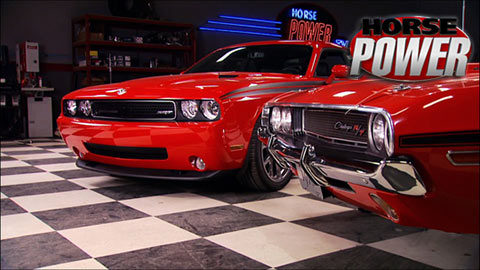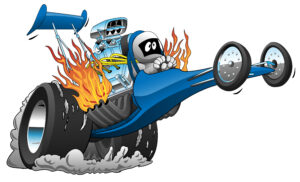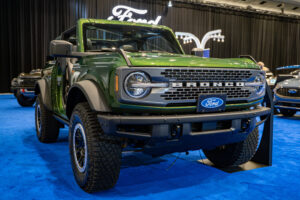HorsePower Builds
Want more content like this?
Join the PowerNation Email NewsletterParts Used In This Episode
Classic Industries
OER Complete Car Care System 19 pc. Kit
E3 Spark Plugs
E3 DiamondFire spark plugs
Gold Eagle Co.
HEET is a Gas-Line Antifreeze & Water Remover, Iso-HEET is a Premium Fuel-line Antifreeze, Water Remover & Injector Cleaner.
Hellion Power Systems
05-10 6.1L HEMI Twin Turbo System
Kimberly-Clark Professional
SCOTT Shop Towels.
Kimberly-Clark Professional
WYPALL Red Shop Towels
Matco Tools
Hose Cutter
Matco Tools
Spring loaded cable operated hose clamp plier
Nature's Broom
Nature's Broom Absorbent
Trick Flow Specialties
Supercharger System, Roots Style, Black Powdercoated, Chevrolet, Camaro, 6.2L, Kit.































